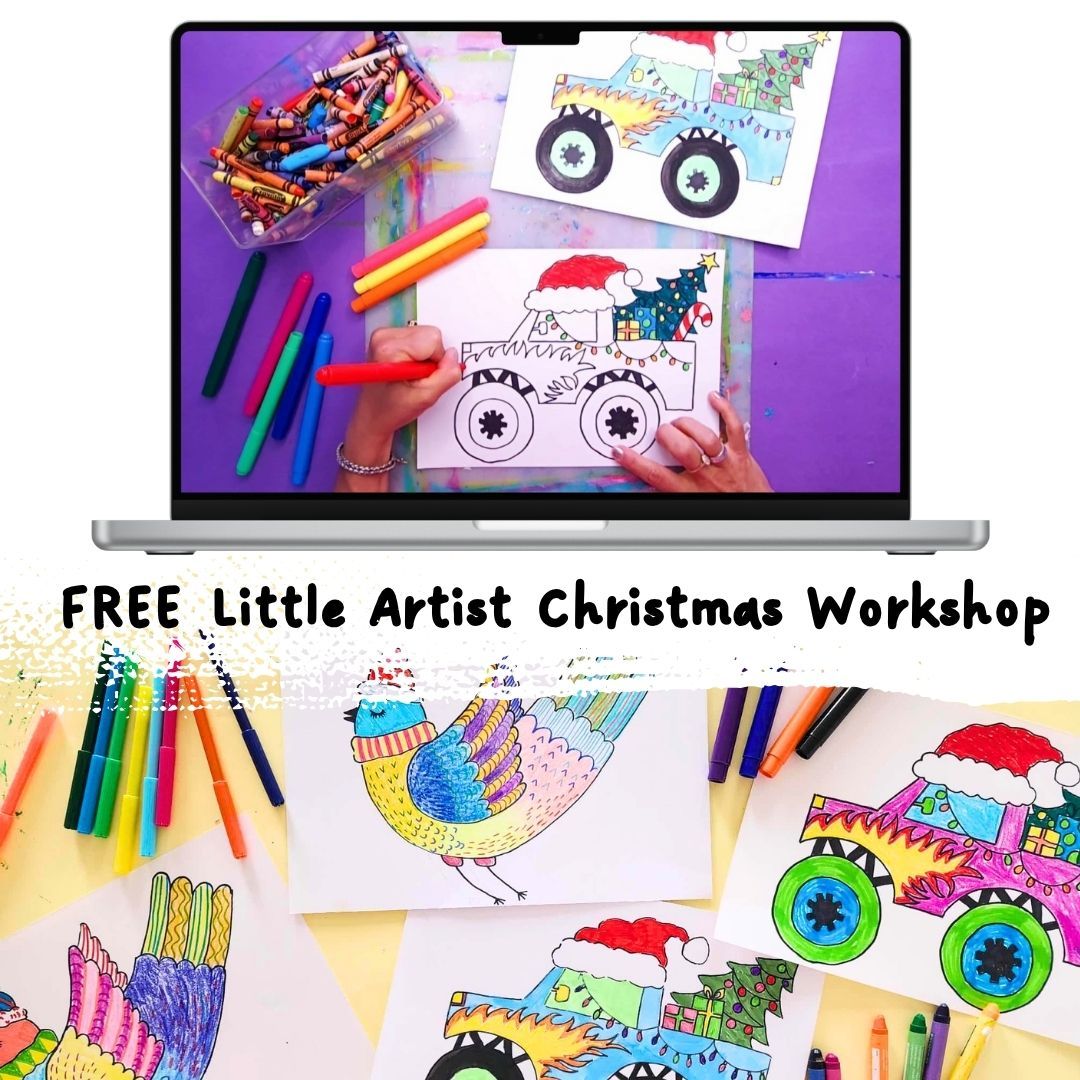
Printmaking Made Easy
Oct 22, 2022
Printmaking is one of my favourite art making processes. I love the process of lino, have tried some etching and woodblock printing for my own projects … but bringing this into the classroom can be a bit of a challenge! All the inky mess, the sharp SHARP tools for carving, in some cases chemicals are needed which aren’t safe in schools AND the time – printmaking can take many lessons to implement properly!
For my junior classes this year I didn’t have a lot of time left for a printmaking project – but I was dying to included it somehow. Instead of using the go-to lino process (which is still perfect for senior students) this time round we used printing foam. Yep foam! It is perfect for a quicker version of lino printing task, requires no sharp tools, no carving and junior students (even primary) can see their results within one lesson.
As it was close to the end of the term we used this method to create some wrapping paper.
WHAT YOU NEED:
-
Printing Foam. I bought mine from Zart Art
-
Acrylic Ink
-
Skewers (or blunt pencils)
-
Foam Roller (you can also use paint brushes, but I find the application of rollers much better)
-
Paint Tray
-
Roller (or you can use a rolling pin, your hands or the back of a big spoon)
PRINTMAKING STEPS:
1. Cut printing foam into the desired size. For our wrapping paper we used 10 x 10 cm
2. Create a design that focus’s on the use of line. Keep it simple! Very detailed intricate designs don’t work well for this printing method. I usually allocate a theme for our designs, and then require at least 4-8 possible designs from my students. From here we have a discussion on the most appropriate combination of designs, those that will suit the printing method and some ideas of colour schemes.
3. Draw the design very LIGHTLY with pencil onto the printing foam. Check the size, placement and make any adjustments here.
4. Once you are happy with the design go over it with either a blunt pencil or blunt skewer. Press firmly, but not so hard to put holes in the foam.
5. Place a small amount of paint on a palette. Roll the small roller through paint to get an even coverage, then roll paint onto the foam design. The application of the ‘right amount’ of paint was where some junior students has problems with their prints. A light, even spread is what you are looking for! This is a good opportunity to discuss how following a process accurately can enhance or detract from the final product. Students adjust their print preparation method during this step.
6. We create a few test prints on scrap paper before creating our finals. Place printing foam onto paper. Hold one finger on the foam to keep it in place and use your other hand to apply pressure with the roller. Roll horizontally and vertically and don’t forget the corners! If you don’t have a roller, using the back of a spoon or even the pressure from the palm of your hand will work. If you remove the foam it sticks to the paper then you have applied too much pressure.
7. Pull back foam slowly. Ta da you have printed! Repeat this process for alternating colours to complete the wrapping paper.
This process works well for a variety of other projects too. Check out the block print cushion project using the same process here.





















